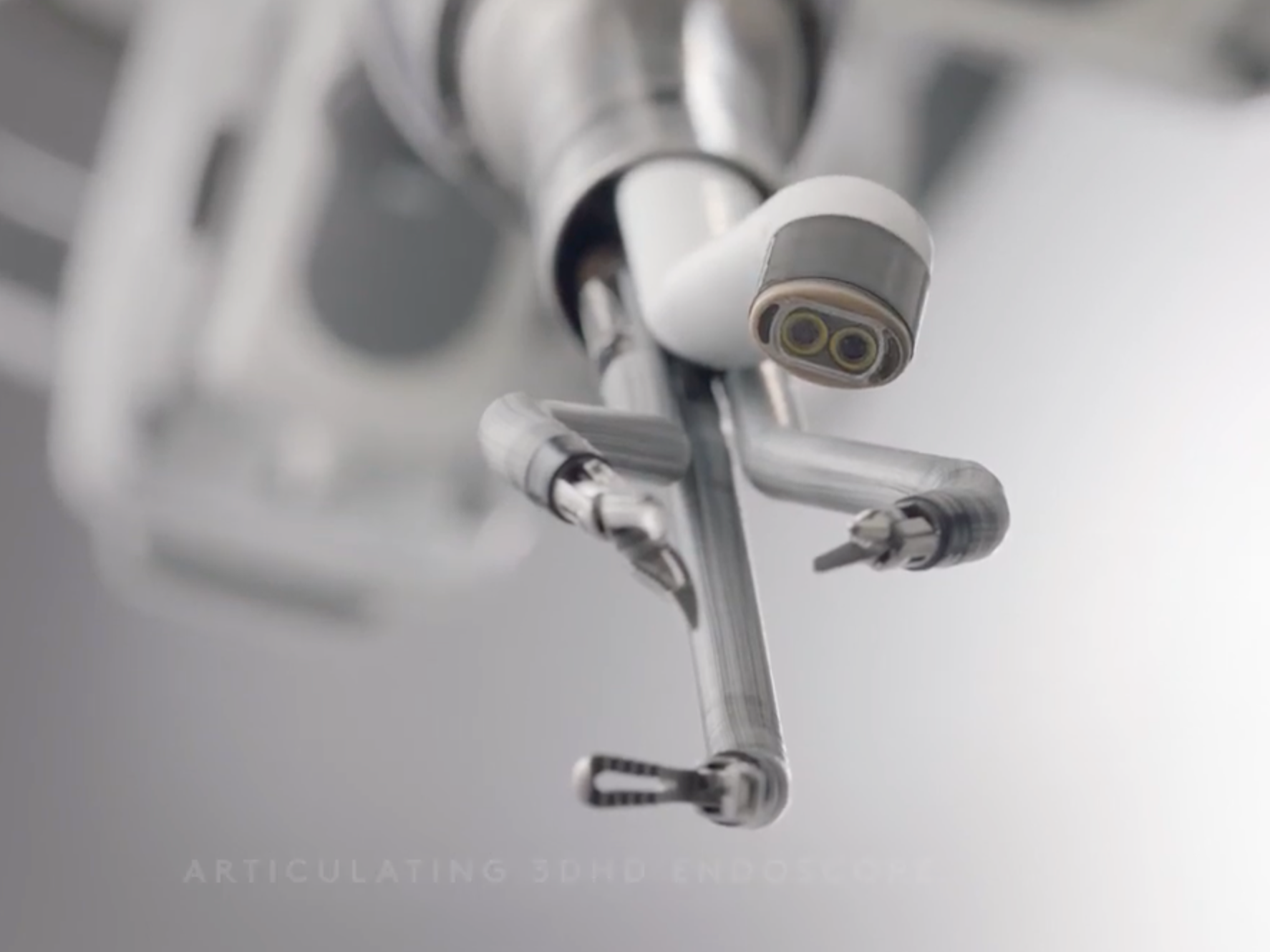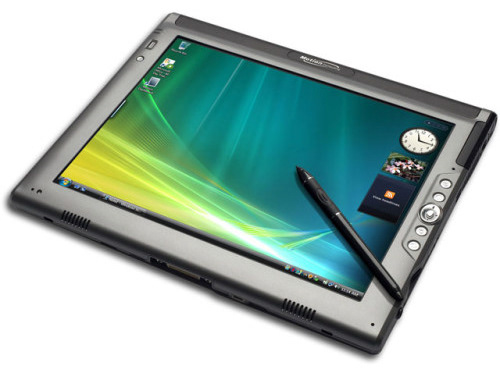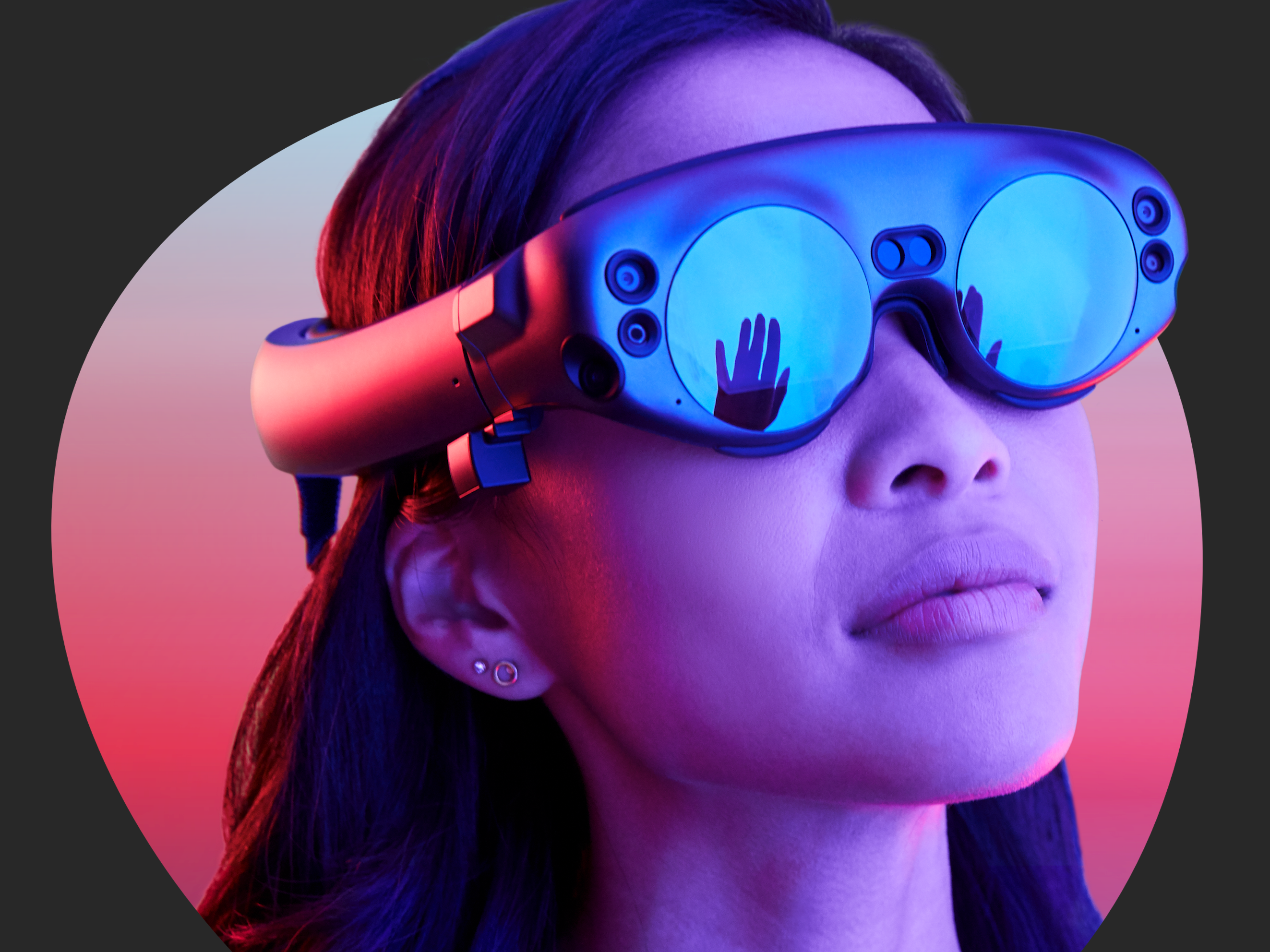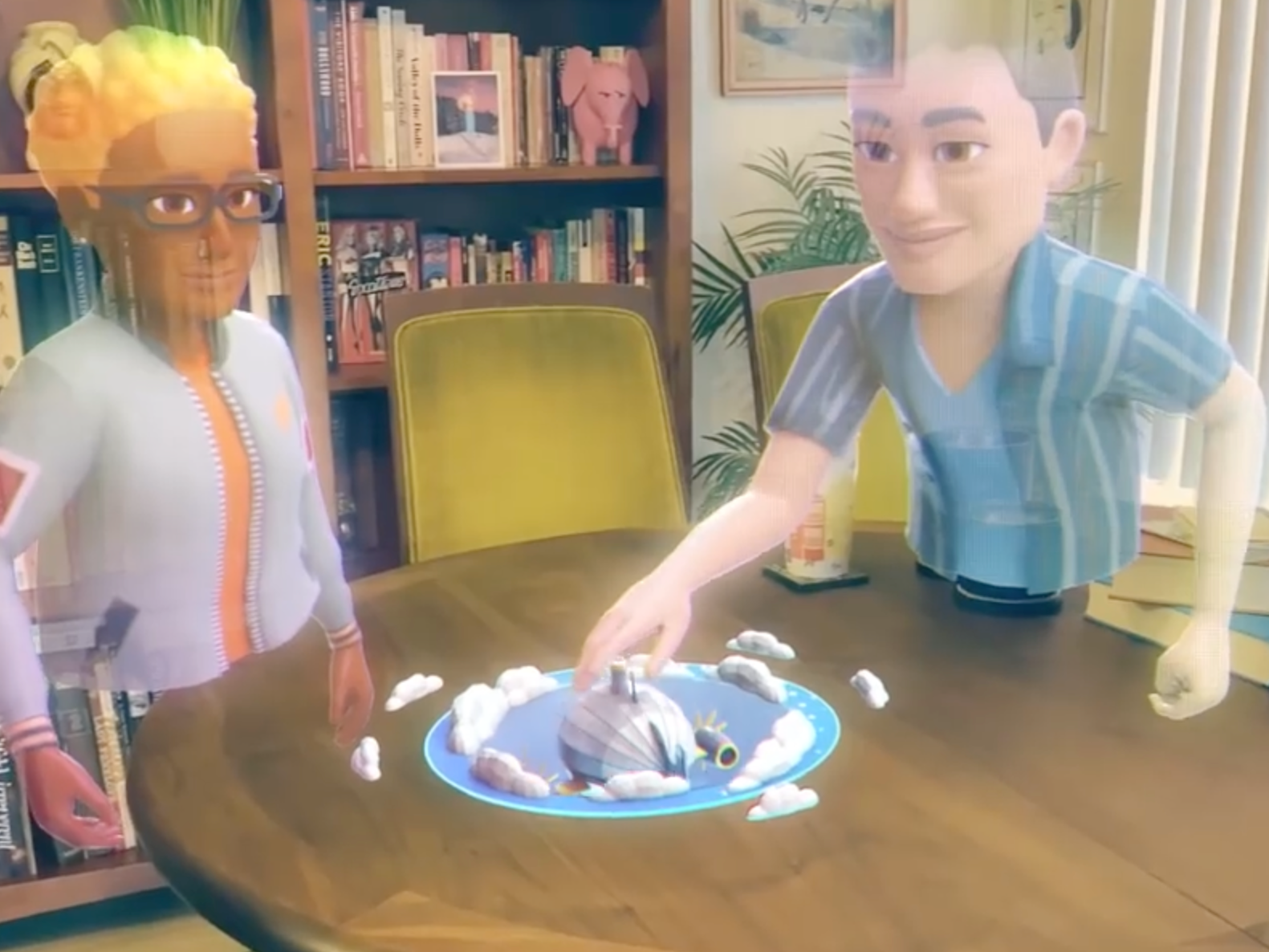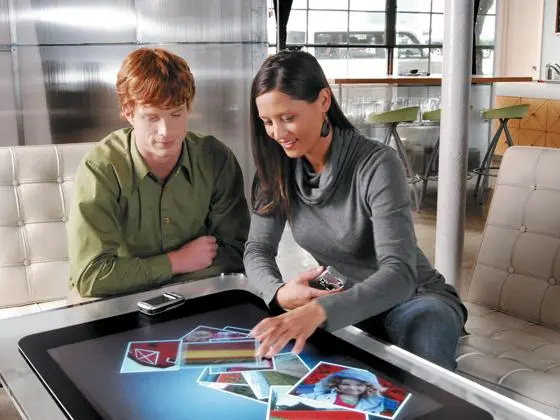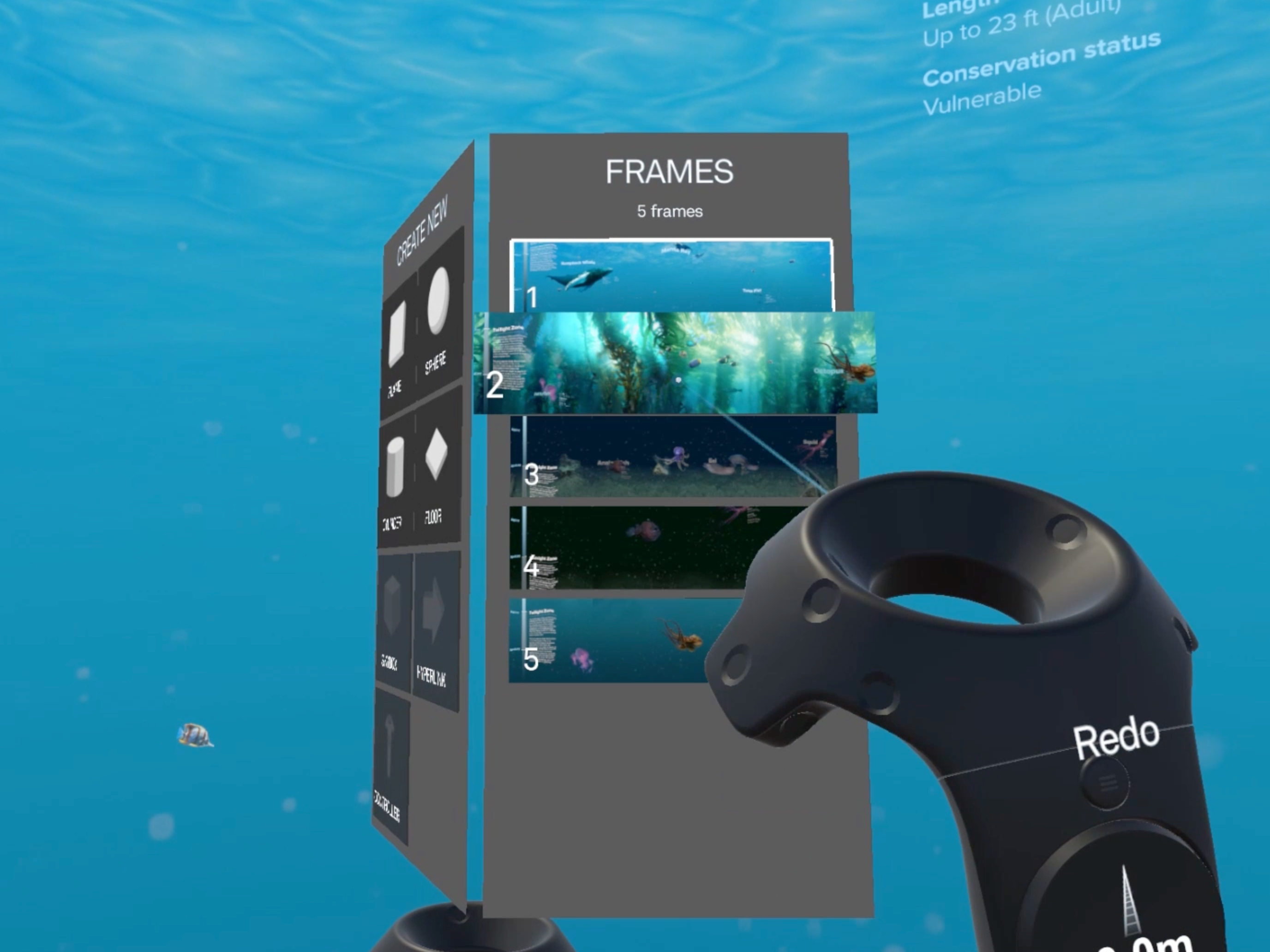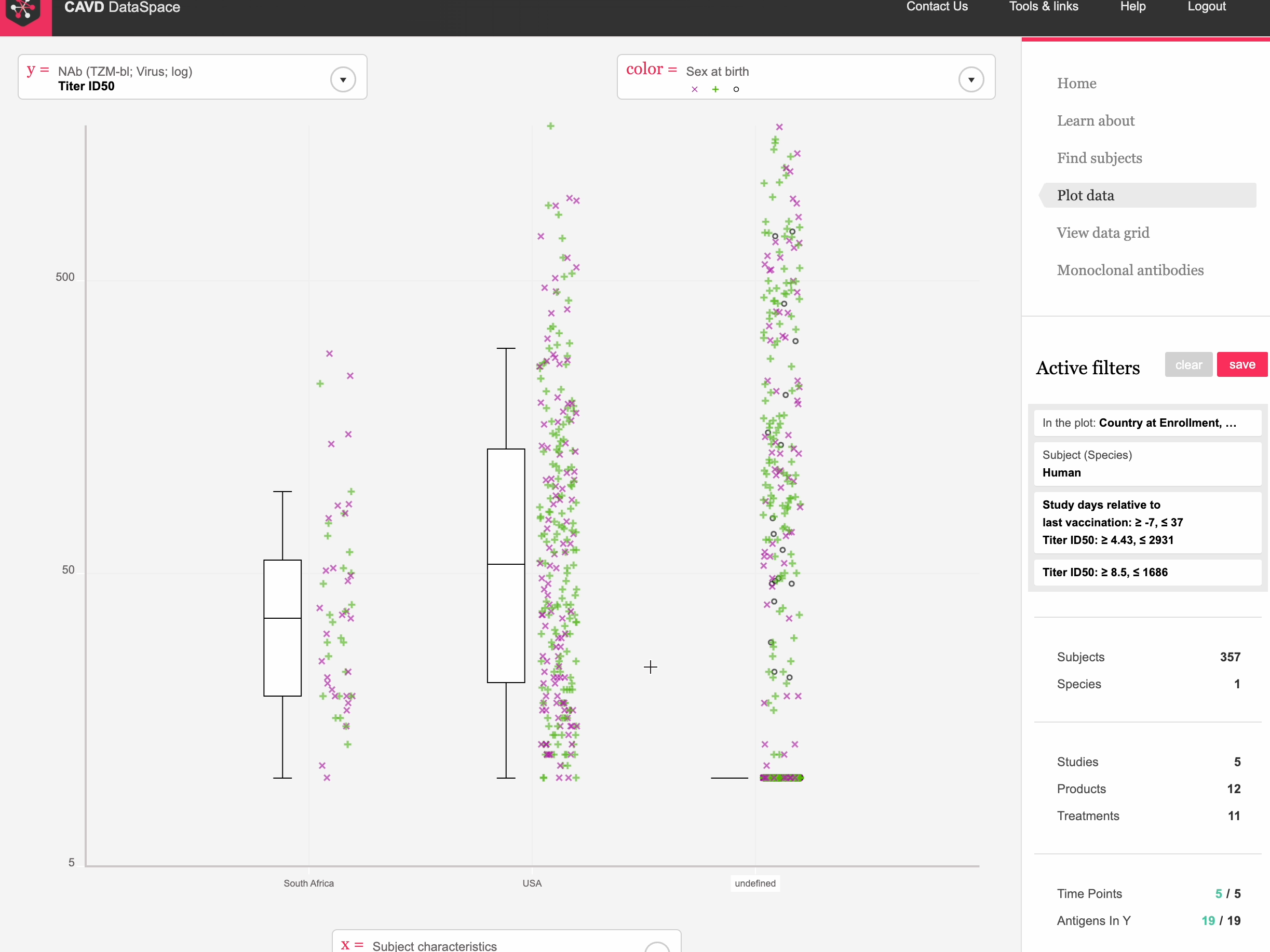I worked on five projects for Samsung during my time at Artefact. My first was in 2011.
Smart Washing Machine
We were asked to revamp the existing touchscreen prototype built for the washer and dryer set and create the final design for the product. This was my first solo project at Artefact and I was a bit nervous. My biggest lesson on this project was to ask for help when I was struggling. As soon as I knew that Artefact had my back and would collaborate to make sure the project was delivered at a high quality, I gain confidence and was able to deliver. My favorite part of this project was sourcing and working with sound designers to create the sonic experience. Our concept was that a melody would play in single notes as you go through each step of the setup process. And more complex melody would play if the user picked eco-friendly options.
I was pleasantly surprised when I was at Home Depot one day and saw the washer on the floor, with the interface looking exactly to spec.
It had better look to spec because I created a hundred-page book that spelled out every screen with the x and y coordinates of every asset in every state, with all the animations as png sequences. It left no room for interpretation as I threw the design over the Pacific to be implemented in Seoul. Here is a somewhat favorable review of the set.
Future of Home Computing
The next year in 2012 I was asked to envision what Samsung could enable for home computing. I don't have much documentation of this project, but I did find these two videos. The first shows my surface computing roots and my two daughters.
This next video shows where we landed with the project in our first round of concepts. Something very similar to where the Surface Studio ended up many years later. I partnered with industrial designer Markus Wierzoch, who mentored me in creating this foam-core model. I figured out the math and geometry for this hinge to enable the correct angle in both orientations. I was quite proud that the hinge could be operated with a single finger via the spring-loaded joint.
The hinge proved too complicated and we ended up going with something more simple. Eventually, Samsung shipped the product as the Galaxy Tab View which can still be purchased today for the low low price of $1,208. Which is a real steal to the $8,400 SUR40.


Future of Education
Samsung came back for more in 2012 and asked us to envision what their phone and tablet line could enable for education. They were keen to get a learning management system in their portfolio. This sparked my inner educator and eventually inspired me to start an after-school program at our local elementary. I directed four concept videos, which I cannot find for the life of me.
Signature Interactions
Samsung was keen again in 2013 and hired Artefact to survey emerging technologies. I was asked to go on a Silicon Valley tour to find the most promising tech to use in upcoming products. Tactus and 3-Gear Systems were two of my favorites. I suggested that Samsung acquire 3-Gear. They were years ahead of anything in the market. 3-Gear was later swept up by Facebook and became the core of their current Quest hand-tracking system.
Smart Stove
At the end of 2014, we worked with Samsung again to design a gesture-based display in the kitchen. We did a head-to-head test with 3-Gear vs Samsung's gesture system vs Leap Motion. Samsung's won out, to my surprise. We used it and Nuance's voice system to create this functional prototype. I only coded the cursor-snapping system. The rest was made by real engineers. I'm not sure what happened to this product.
Here's a bonus video showing a Wizard of Oz prototype of one possible input mapping for the Leap Motion for a related project. This type of prototype is inspired by my personal hero Bill Buxton, and his book Sketching User Experiences.
